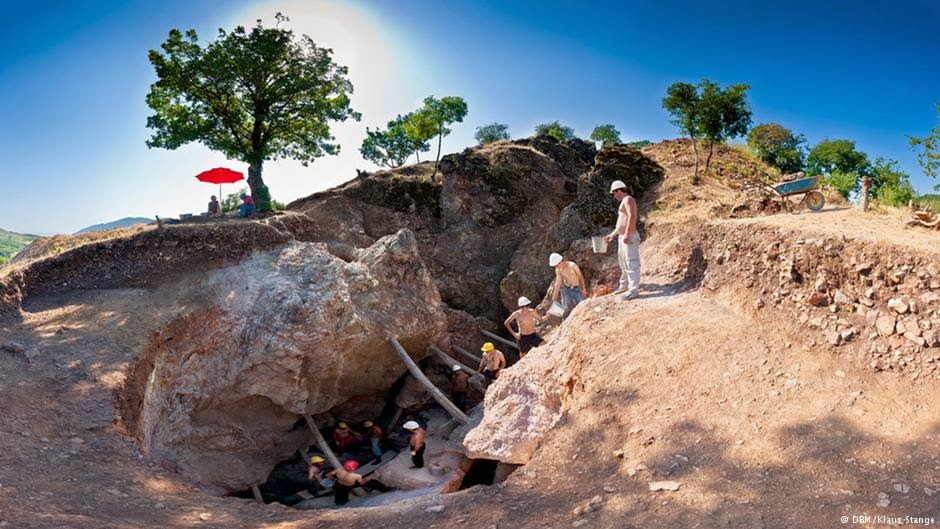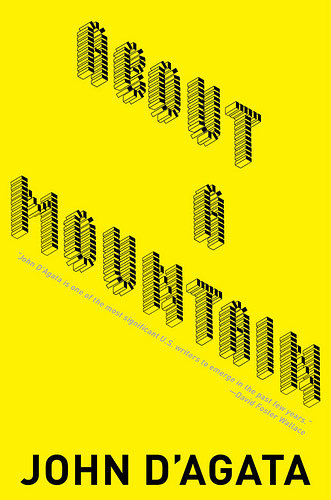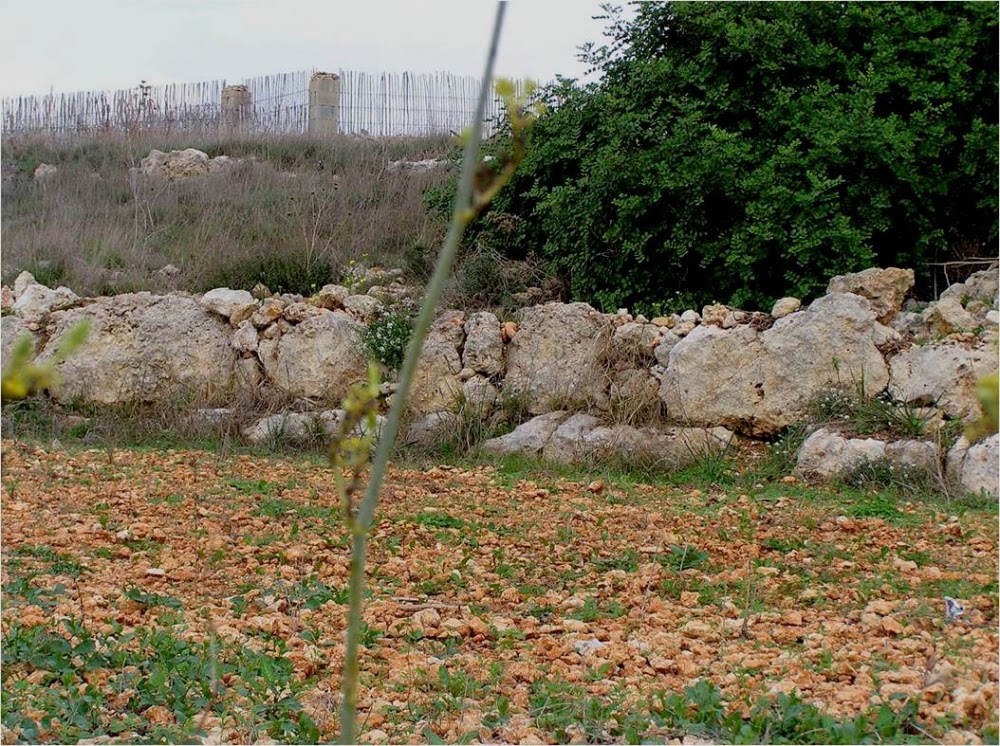Merry Wanderer of the Night [Search results for Environment]
Natural Heritage: Environmental groups sue BLM over fracking permits near Chaco

Book Review: Triumph of the City

Leif Reads

Leif Reads Eaarth: Climate Change

Sunday Salon: Cheating

Georgia: Ancient Georgian site pits locals against big business

Green Reads Podcast

Greening My Reading
Heritage: Sanctuary of Asclepius in Epidaurus to get a makeover

Burkhardt/Möllmann Spring/Summer 2012 Women’s Collection

Moon Microbe Mystery Finally Solved: NASA's dirty little secret?

Just Contemporary Review: Thou Shalt Not Road Trip by Antony John
About a Mountain

Mailboxes for apartments and cottages
Make Yourself Happy

Entertaining ecology in Hamburg
Leif Reads

Malta: 50 new sites in Malta scheduled for protection

Memory Monday — Meet Carlyle!
Sunday Salon: The Return of the Backpacker




